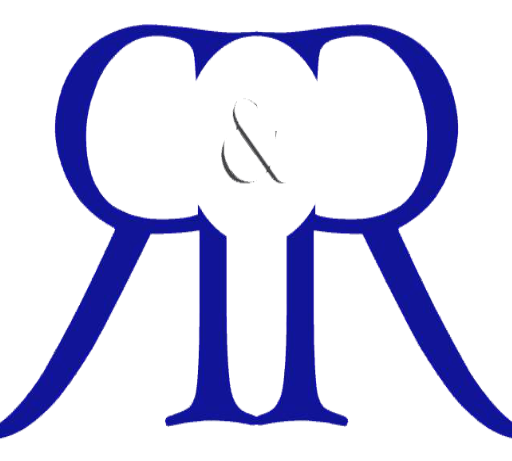How to Design and Implement a Succession Plan for your Business
In every business, turnover happens. Sometimes it is planned (such as the planned retirement of a key executive) and sometimes it isn’t (such as instances where an individual leaves the organization for a different opportunity, or where someone crucial needs to step away for medical or personal reasons). That’s why it’s critical that all businesses have a succession plan in place.
Organizations need to have a plan to fill key leadership roles should they lose talent as well as in situations where the organization grows and requires additional leaders.
Succession planning isn’t necessarily about replacing a particular individual. Instead, it is about hiring and developing a large pool of talented team members who can be relied upon and who are prepared to handle leadership roles as needed.
Here are some tips for creating and implementing an effective succession plan.
Be Proactive
A succession plan takes a proactive approach. It ensures that leadership changes don’t cause unnecessary interruptions by identifying talent, motivating employees, and developing skills. It identifies skills gaps and plans for how to fill these gaps before they become issues.
Not only does preparing candidates for leadership roles take time, but you cannot always anticipate when you will need to fill a leadership position. Waiting until you need someone to step up is too late. That’s why it’s crucial to have a plan in place well before you need it and that this plan look towards the future.
Know the Organization’s Goals and Values
Those successors developed through your plan will be trusted to guide your organization in the future. This means they will need to fully understand the company’s goals and values so they can continue with them when they are in leadership roles. By ensuring that future leaders are in alignment with your organization’s values, your organization will stay true to its principles and have a better chance at continued success in the marketplace.
Be Transparent
Your team needs to have trust in management and in the organization. One of the best ways to accomplish this is by being transparent. Employees will appreciate knowing where they stand, what is expected of them, and how you see their future. They will also want your plan to be a realistic one. If you communicate ideas or plans to your team that you cannot follow through with, this can damage your relationship with key team members.
It’s important to have honest conversations with your team – especially key performers – about career aspirations and the organization’s future.
Provide Training
Training is a critical part of succession planning. When key performers are identified, you will want to train them both in terms of technical skill and in growing their communication, diplomacy, and interpersonal skills. Through mentoring, job shadowing, and both formal and informal training, you help top performers grow into future leaderships while keeping them motivated.
Use the Plan when Hiring
It’s critical that businesses look to their succession plan when hiring. This doesn’t just mean hiring talent that can one day assume leadership roles, but it also means looking at talent gaps that exist now and in the future and coming up with ways to fill them. Once you know what you’re looking for, you can tune your recruiting efforts to find the talent your business needs today and going forward.
How Ralevic & Ralevic LLP Can Help
Our team of dedicated professionals works closely with our clients to identify growth opportunities and improve organization effectiveness. We can help your organization manage business challenges and develop strategies for the future, including succession planning. Contact us today to find out how we can help.









